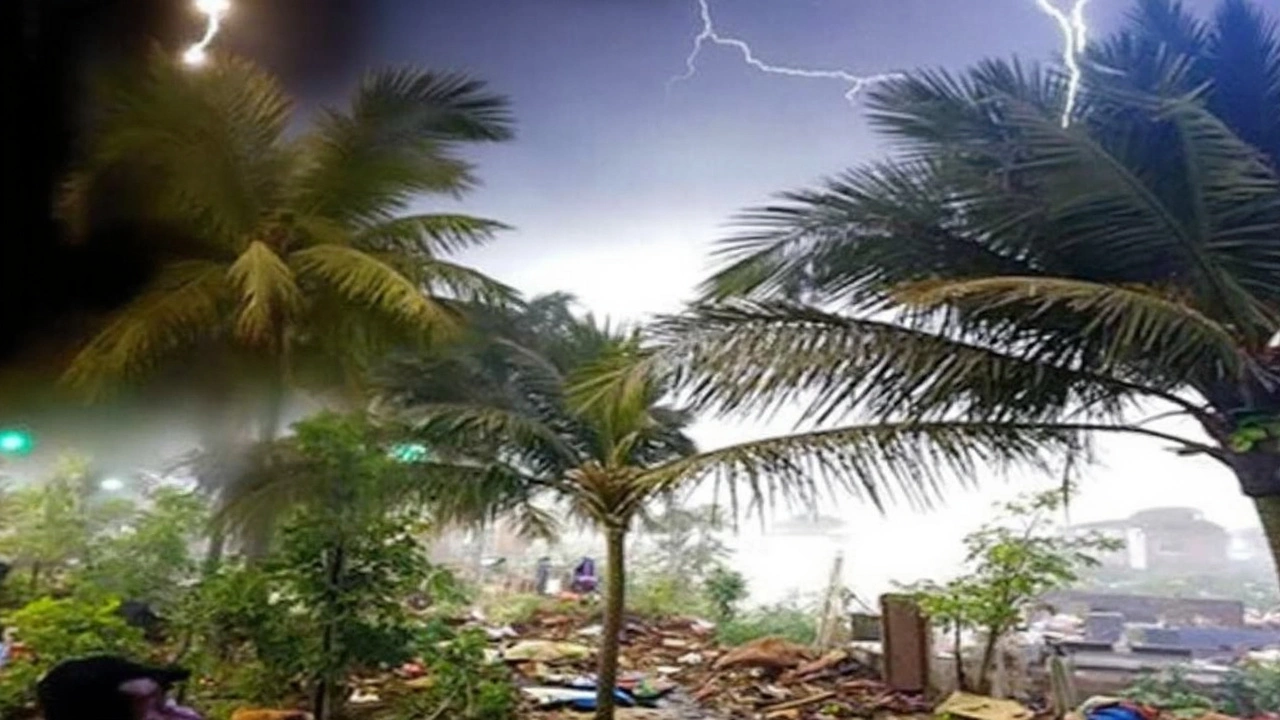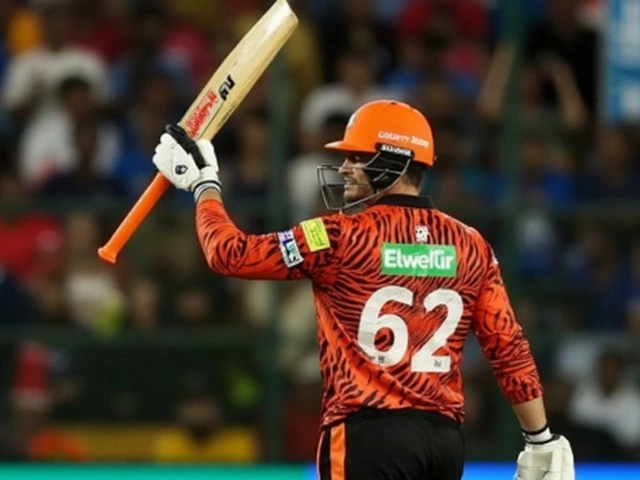India Meteorological Department: Real‑Time Alerts and Practical Guidance
If you live in India, the India Meteorological Department (IMD) is the go‑to source for weather news. From orange rain alerts in Delhi to heavy monsoon showers in Kolkata, IMD gives you the details you need to plan your day and stay safe. In this guide we’ll break down the most recent alerts, explain what the colour codes mean, and share simple steps you can take when a storm hits.
Understanding IMD Alerts and Colour Codes
IMD uses a colour system to show how serious a weather event is. Green means normal conditions, yellow signals a watch, orange indicates a warning, and red is an emergency. For example, on July 31 the department placed Delhi‑NCR on an orange alert because heavy showers were expected across the city. The alert warned of possible flooding, traffic snarls and reduced visibility, prompting authorities to ready emergency crews.
When you see an orange or red alert, the best move is to delay travel if you can, keep an umbrella or raincoat handy, and stay updated on local news. Most mobile apps now push IMD warnings straight to your phone, so you don’t have to keep checking the website.
Recent IMD Bulletins: What’s Happening Now
Here are the latest stories that illustrate how IMD alerts impact daily life:
- Delhi rain on orange alert: Heavy showers were forecast from July 22–23, causing water‑logged roads and slower traffic. Air quality improved for a short spell, but intermittent storms continued.
- Delhi‑NCR rain on September 1: Temperatures dipped to 22‑25 °C and IMD warned of thundershowers. Orange and red alerts covered parts of Uttar Pradesh and Bihar, urging people to avoid low‑lying areas.
- Kolkata depression: A weather depression over the Bay of Bengal dumped rain in Kolkata, leading to waterlogging and long traffic delays. IMD expects gusty winds and more showers into early September.
- UP orange alert: Fifteen districts in western and central Uttar Pradesh are under orange alert, while Lucknow sits on yellow. Rainfall in August was 52 % above normal, so expect more downpours.
These examples show that IMD alerts are not just numbers – they affect commuting, school plans, and even outdoor events like the IPL match between KKR and RCB, which faced a rain threat under an orange alert.
So, how can you turn this information into action? First, set up alerts on your phone for your city. Second, keep a simple emergency kit at home: a flashlight, basic meds, some dry clothes and a waterproof bag for important documents. Finally, follow local authority instructions – they may close roads, suspend school, or advise evacuation in extreme cases.
Remember, the India Meteorological Department’s goal is to keep you informed, not to scare you. By understanding the alerts and reacting calmly, you can stay safe and keep your day running as smoothly as possible, even when the monsoon shows up uninvited.
Cyclone 'Montha' to Slam Andhra Coast on Oct 28, 2025 with Devastating Rainfall Across South India
Cyclone 'Montha' is set to make landfall in Andhra Pradesh on October 28, 2025, with 110 km/h gusts and extreme rainfall across South India, prompting mass evacuations and a dire warning from the IMD for fishermen and coastal communities.
UP Weather Alert: Severe Thunderstorms, Hailstorms Set to Strike 30 Districts from May 28, IMD Warns
Uttar Pradesh faces a tense week as IMD announces severe weather from May 28, with 30 districts bracing for thunderstorms, hailstorms, and fierce winds. East UP is on extra alert for May 29-30, while temperatures soar and risk of crop damage grows. Residents and farmers are urged to stay alert.






